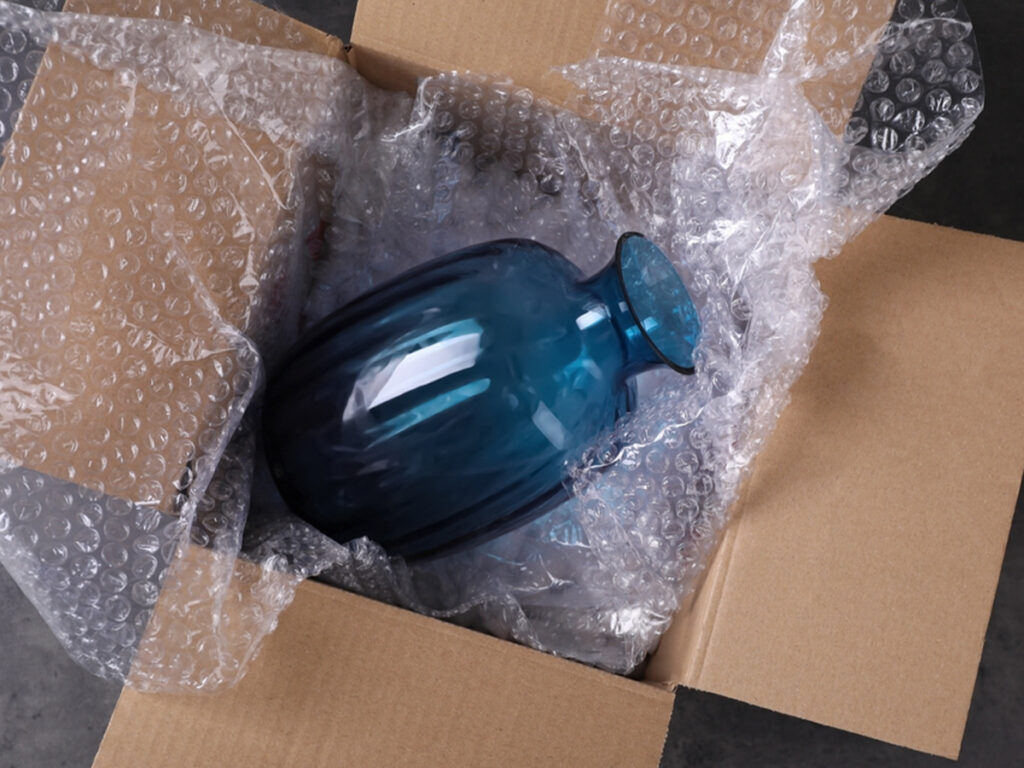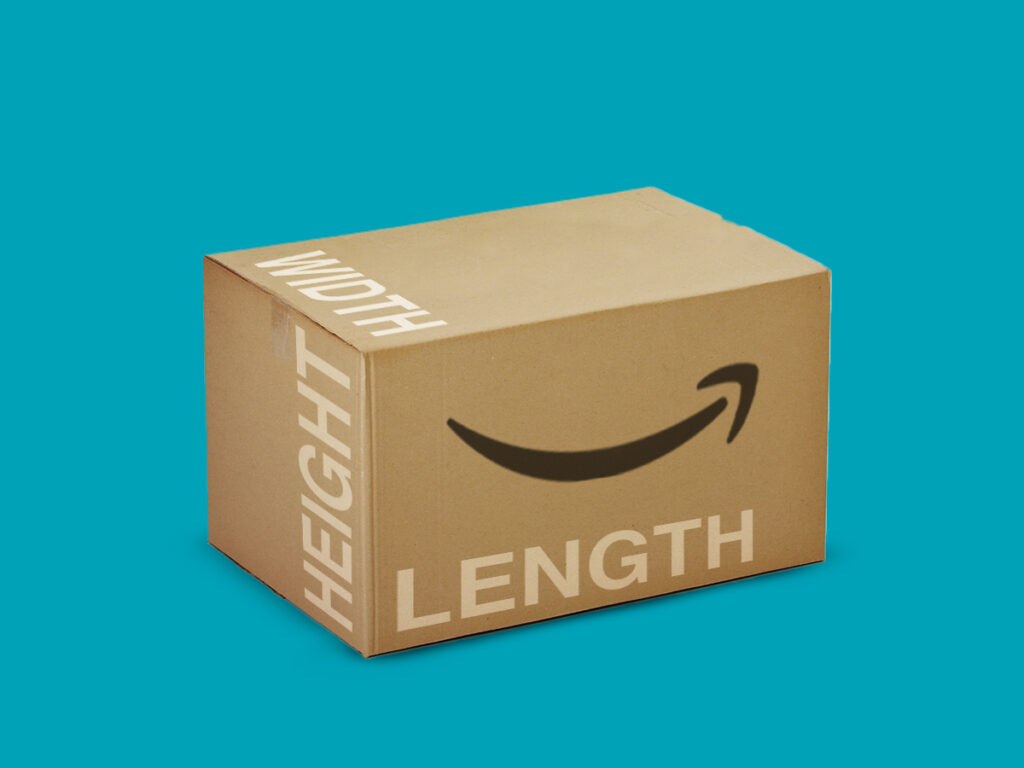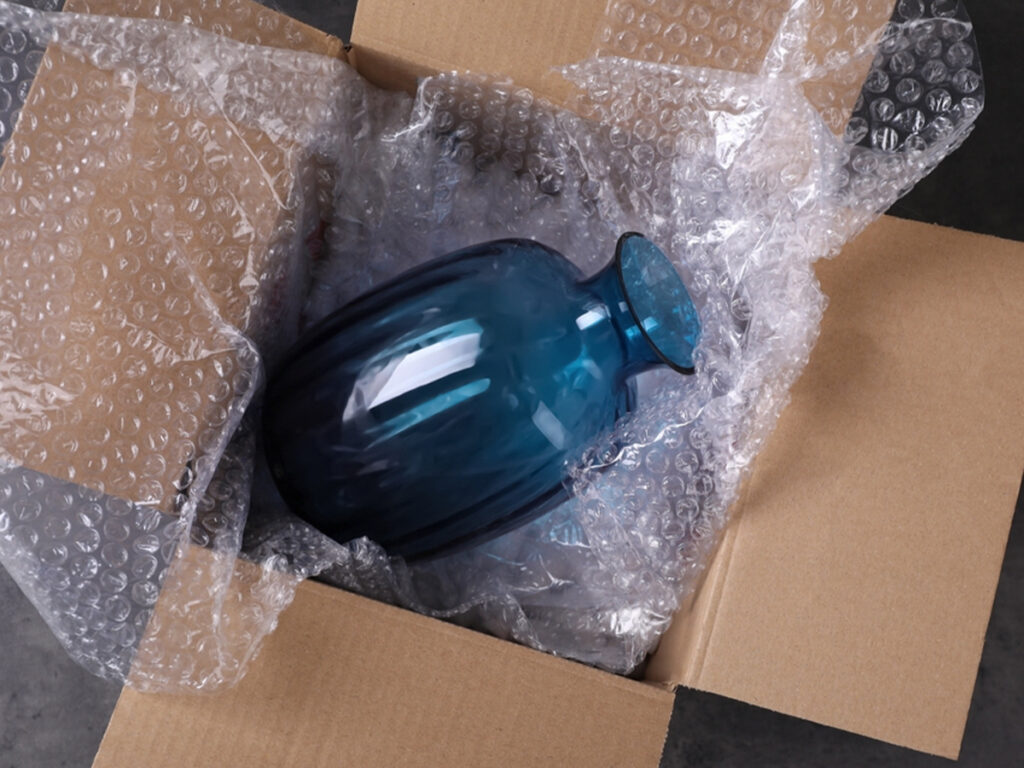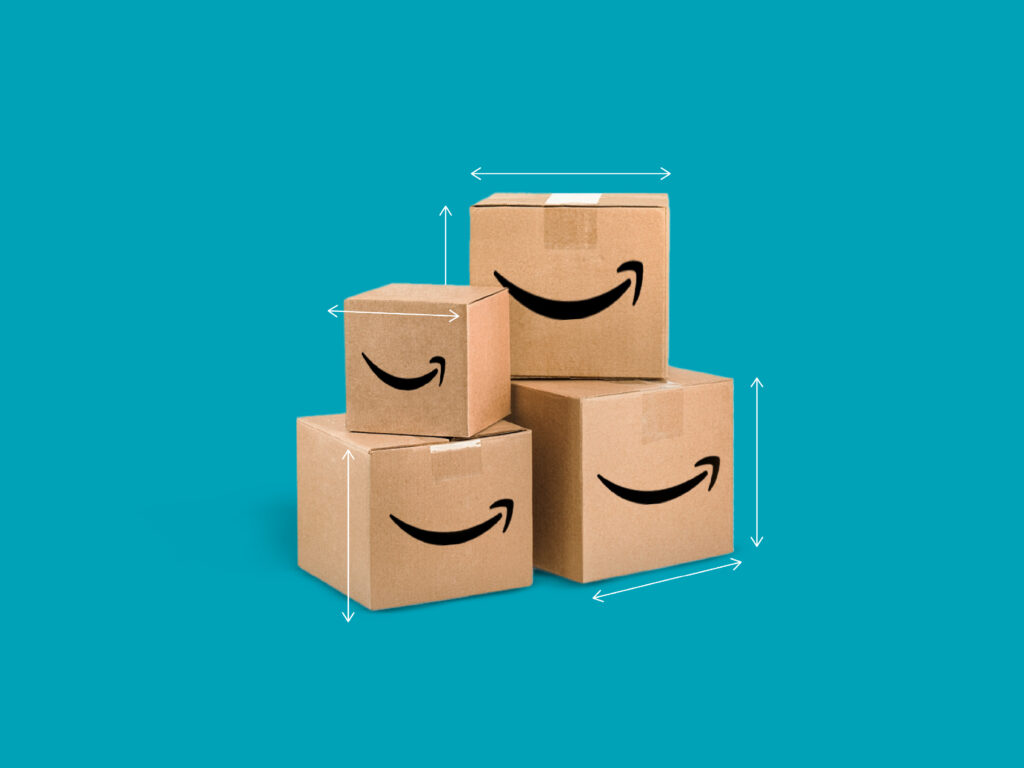Amazon FBA Shipments
As an Amazon FBA (Fulfillment by Amazon) seller, optimizing your shipping process is key to your success. One crucial aspect of this process is determining the right box dimensions for your FBA shipments. Properly sized boxes not only save you money on shipping costs but also help ensure your products arrive in good condition. In this comprehensive guide, we’ll walk you through the steps to measure and calculate the ideal box dimensions for Amazon FBA.
Understanding the Importance of Box Dimensions
Before we delve into the specifics, let’s explore why getting your box dimensions right is vital for Amazon FBA:

Cost Savings: Oversized boxes waste valuable space and increase shipping costs, while undersized ones can lead to product damage due to insufficient protection.
Compliance with FBA Packaging Guidelines: Amazon has stringent packaging rules to guarantee product safety. Non-compliance can result in additional charges or even removal of your products from FBA.
Elevating the Customer Experience: Properly sized boxes ensure that products arrive in pristine condition, leading to satisfied customers and positive reviews.
Now that we’ve underscored the importance of precise box dimensions, let’s dive into the effective methods for measurement and calculation.
Amazon FBA Packaging Guidelines
Amazon has specific packaging requirements that you must adhere to. These guidelines encompass:

Use of Polybags and Bubble Wrap: Certain items necessitate Poly bagging or bubble wrapping before placing them in boxes.
Box Strength: Employ boxes with adequate strength to support the weight of your products.
Label Placement: Labels should be affixed to the box’s top and should not obscure seams, openings, or creases.
Measuring and Computing Box Dimensions
To measure and compute the correct box dimensions for your Amazon FBA shipments, follow these steps:

Step 1: Precise Product Measurements
Length: Measure the longest side of your product from end to end, rounding up to the nearest inch or centimeter.
Width: Measure the widest side of your product from side to side, ensuring you use a consistent unit (inches or centimeters) and round up.
Height: Measure the tallest side of your product from top to bottom, rounding up as well.
Step 2: Amazon FBA Packaging Guidelines
Minimum Box Dimensions: Amazon specifies a minimum box size of at least 6 inches x 4 inches x 1 inch (Length x Width x Height).
Maximum Box Weight: Amazon imposes a maximum weight limit per box, typically around 50 pounds. Ensure your box doesn’t surpass this limit.
Step 3: Selecting the Appropriate Box
Choose a box that aligns with Amazon’s guidelines while accommodating your products comfortably. This choice is pivotal in the process.
Step 4: Computing the Ideal Box Dimensions
Now, it’s time to compute the ideal box dimensions based on your product measurements:
Determine the Number of Units per Box: Decide how many units of your product will fit in each box, considering size, weight, and fragility.
Calculate the Total Volume: Multiply the length, width, and height of your product to determine its total volume within the box.
Select the Right Box: Choose a box that complies with Amazon’s guidelines while comfortably housing your products.
Compute Box Dimensions: Divide the total volume of your products by the available space inside the box to determine the minimum required box size.
Account for Packaging Materials: Remember to factor in packaging materials such as bubble wrap or packing peanuts.
Round-Up: To ensure a secure fit, round up the calculated box dimensions to the nearest inch or centimeter.

Real-Life Application
Let’s illustrate these steps with an example:
Product: A set of delicate glass figurines
Product Length: 10 inches
Product Width: 5 inches
Product Height: 3 inches
Number of Units per Box: 8
Calculate Total Volume:
Total Volume = 10 inches x 5 inches x 3 inches = 150 cubic inches
Select the Right Box:
Amazon’s minimum box dimensions: 6 inches x 4 inches x 1 inch.
Compute Box Dimensions:
Minimum Box Size Needed = Total Volume / Available Space in the Box
Minimum Box Size Needed = 150 cubic inches / (6 inches x 4 inches x 1 inch) = 6.25
Round-Up:
To ensure a secure fit, you’d need a box that is at least 7 inches in length, 5 inches in width, and 2 inches in height.
Balancing Act: Trade-offs
Balancing these factors can be challenging. For instance, choosing smaller boxes to cut shipping costs might compromise product protection. Conversely, opting for larger boxes for added protection may increase shipping and storage expenses. These trade-offs require careful consideration.
Amazon FBA Box Size Calculator
To simplify the process, Amazon provides the FBA Box Size Calculator. This tool assists in determining the right-sized boxes for your products, considering Amazon’s guidelines and your input. It’s a valuable resource for FBA sellers seeking to optimize their packaging.
Conclusion
Accurately measuring and calculating the right box dimensions for your Amazon FBA shipments is a critical aspect of managing your e-commerce business. It involves striking a balance between shipping costs, storage fees, product protection, and adherence to Amazon’s guidelines Also, Expand your capabilities with dedicated Brand Growth Strategists. From advertising to inventory management, we’ve got your Amazon Account Management.
By dedicating the time to measure your products meticulously and calculate box dimensions that strike the right balance, you can confidently navigate the complexities of Amazon FBA packaging. It’s a step toward efficiency, cost-effectiveness, and delivering your products to customers in pristine condition.
Also, You can read related to a similar topic – Standard vs Frustration-Free Packaging – Which is better?


